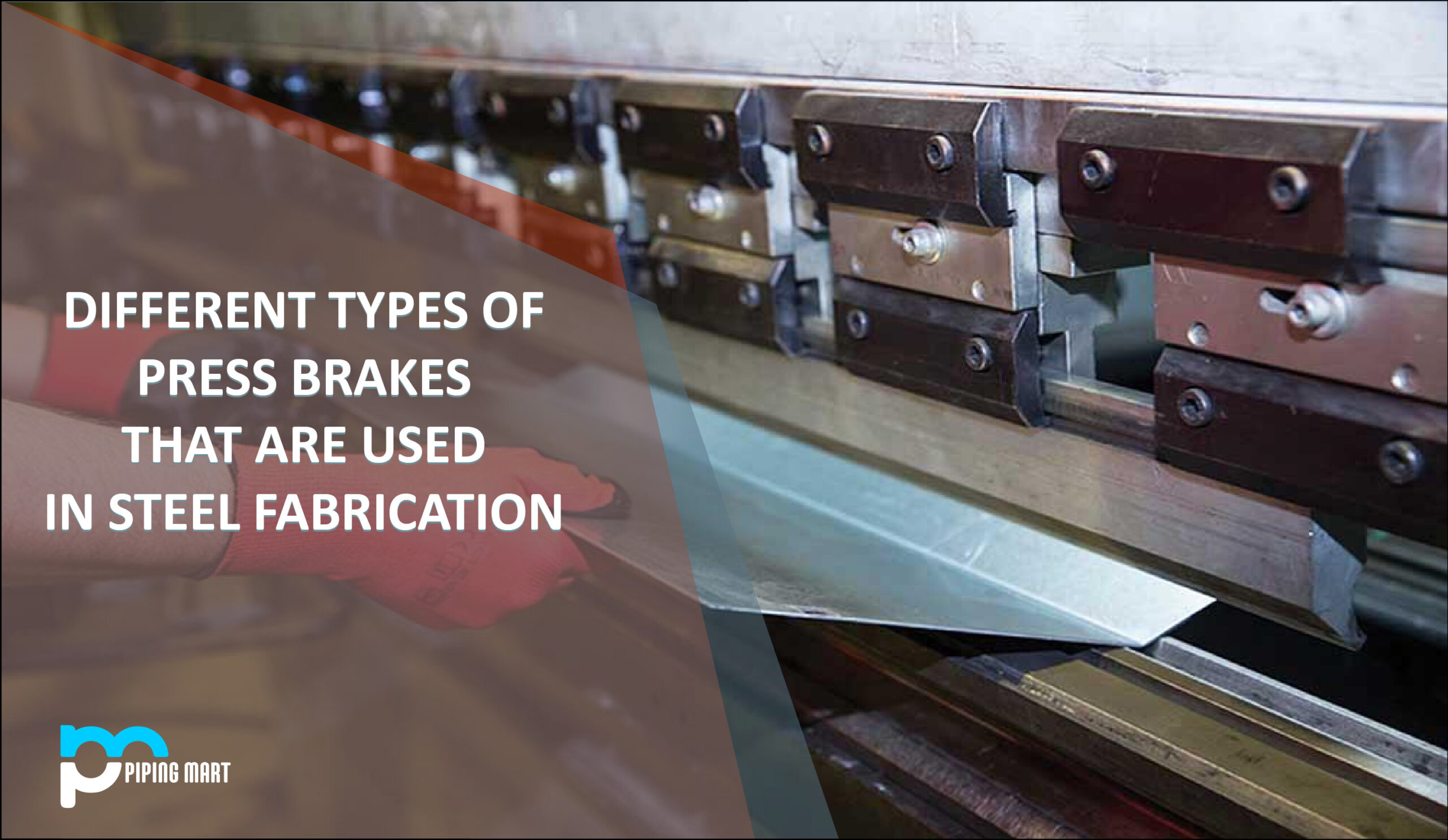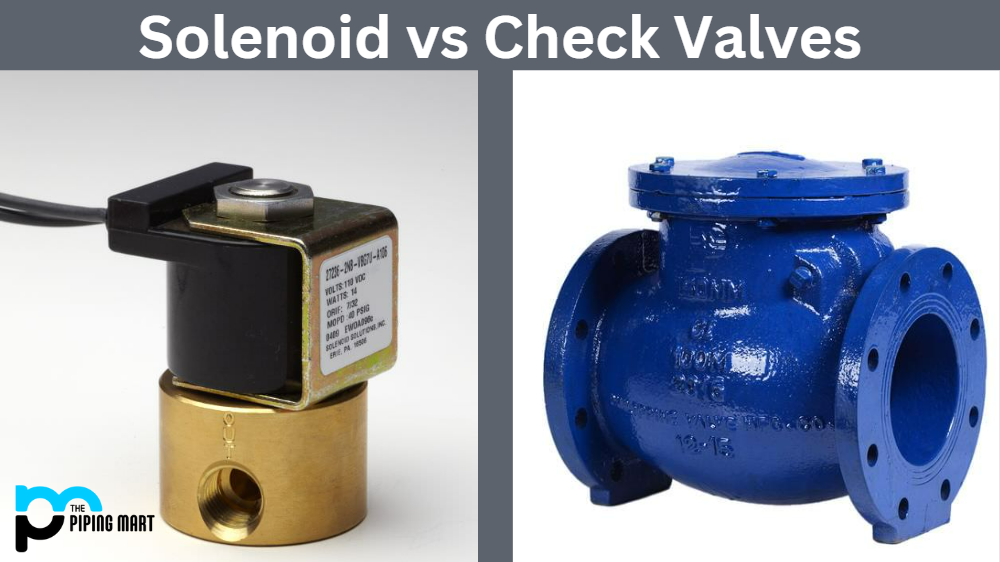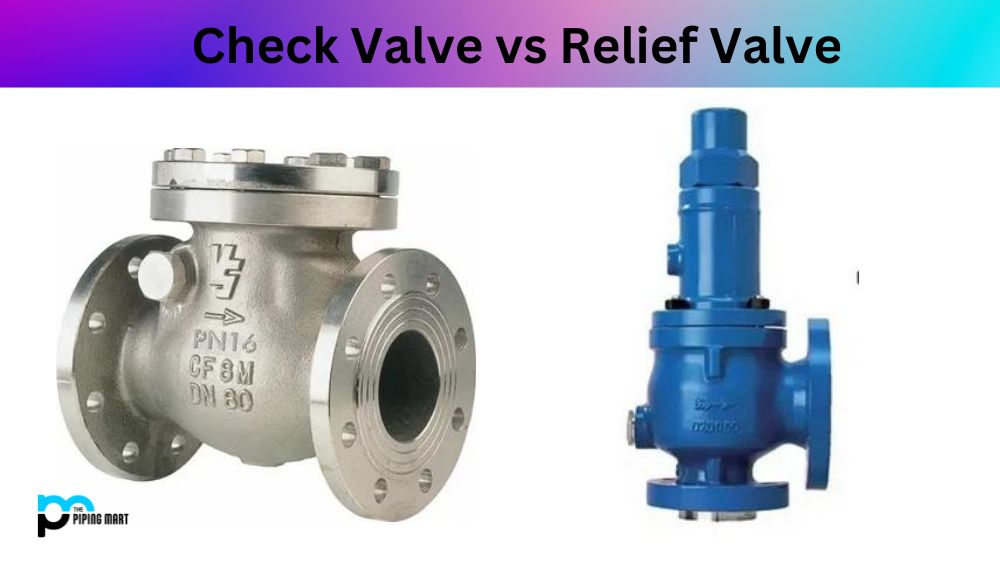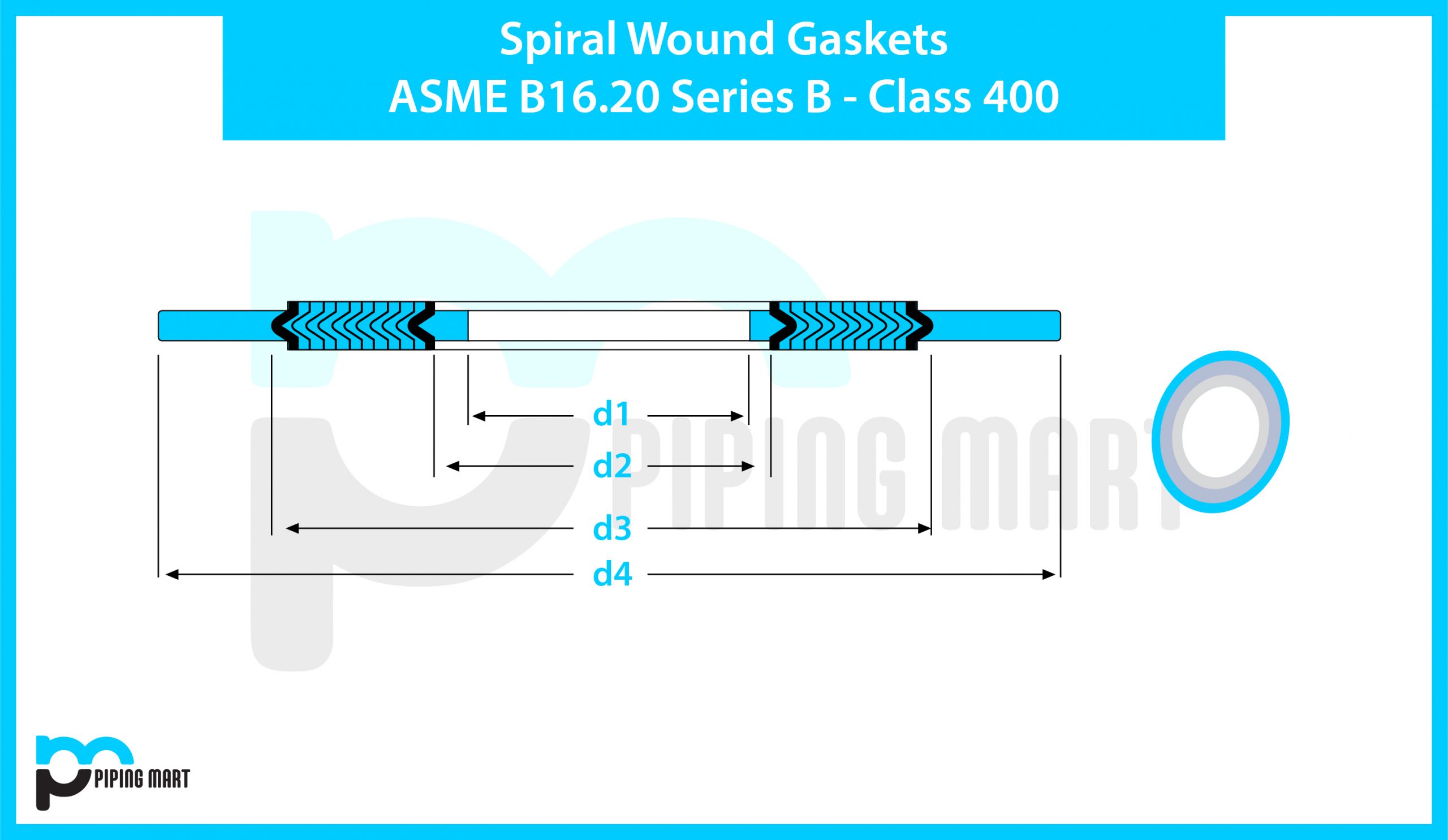Fabricating steel is difficult, as those who work in the factories and industries producing steel are aware. Steel is manufactured using cutting, punching, stamping, shearing, and welding to get the desired steel form. As a result, steel dealers or manufacturers use press brakes in fabrication. Press brakes are pressing machines or devices that use a lot of force and pressure to bend metal sheets and plates. By securing the matching punch and dye, metal sheets can be bent. However, press brake machines are further categorized based on their method with the use of science and technology. Therefore, at the very least, those who engage in the metal sector will get familiar with and work with any of these categories. Therefore, a deeper grasp of the three press brake types used in steel production will be helpful.
The three major metal pressing devices utilized by top steel producers are
- Manual Press Brake
As their name suggests, the manual press brakes are operated manually and were common 50 to 60 years ago. These devices, often known as sheet metal brakes, require human data feeding from machine operators. To manually fix the angles and diameters of the steel, the operator must understand the physics and mechanics of the machine. As a result, the operator must manually adjust the machine’s settings frequently for various materials, which can take additional time. Therefore, the only purpose of these devices is mass production. Although this equipment is inexpensive, it is unsuitable for the rapidly expanding global economy. The manual press brakes are ineffective if you create MS chequered plate for flooring with variable angles and dimensions.
- Hydraulic Press Brake
The hydraulic press brakes are another well-liked pressing device that fits today’s fast-paced atmosphere. A hydraulic cylinder used in hydraulic press brakes moves the machine’s RAM during the process. The hydraulic device has a pressure capacity of about 1,200 tons and can bend steel sheets up to an 8-cm radius. The hydraulic brake pressing machine provides the operator with improved control and higher yields. The only issue with these machines is that they use more electricity and operate within their tonnage limits even when idle. But it is employed widely, from rebars and the SAIL TMT bar production line to industrial uses.
- CNC Press Brakes
Thirdly, the operators’ task has been made simpler by CNC press brakes, which stand for computer numerically controlled. These machines use servo motors to allow easy pressure control, improving cutting precision and accuracy. The tonnage rating of CNC press brakes is higher, and they solely operate by electrical conduction. The dimensions and angles for fabricating have only been established by the operator using the setting offered, and they can be altered as needed. The equipment is worthwhile because it produces better outcomes while using less energy.

Pipingmart is B2B portal specializes in industrial, metal and piping products. Also, share latest information and news related to products, materials and different types grades to help business dealing in this industry.




